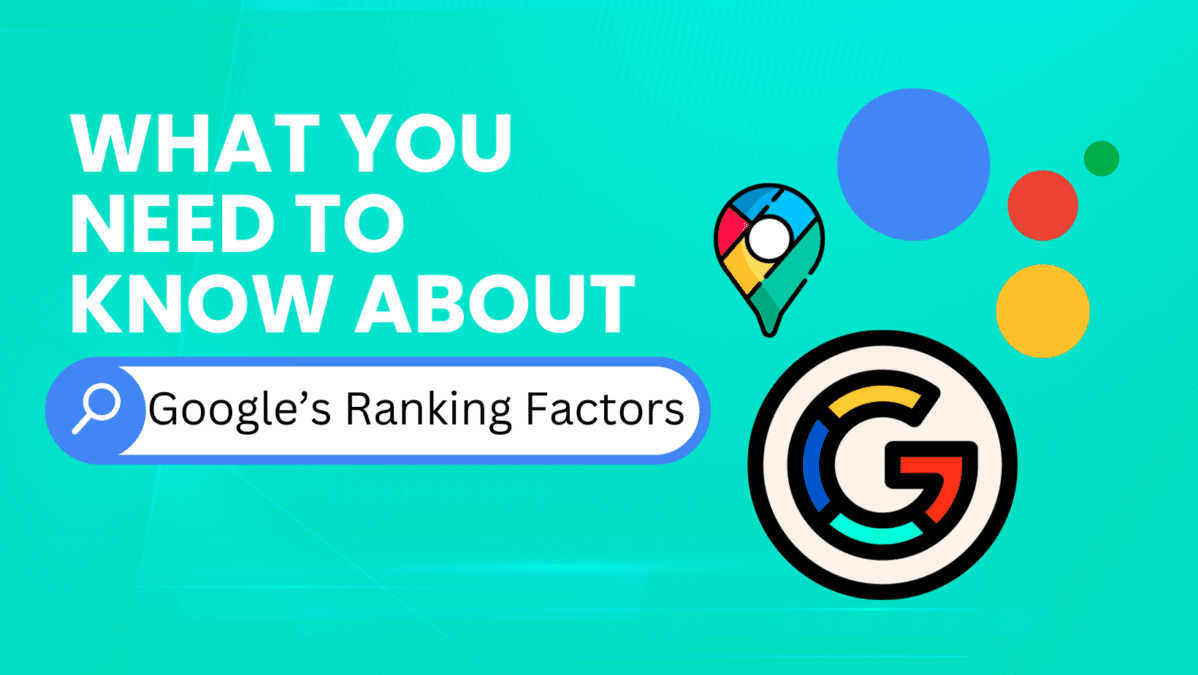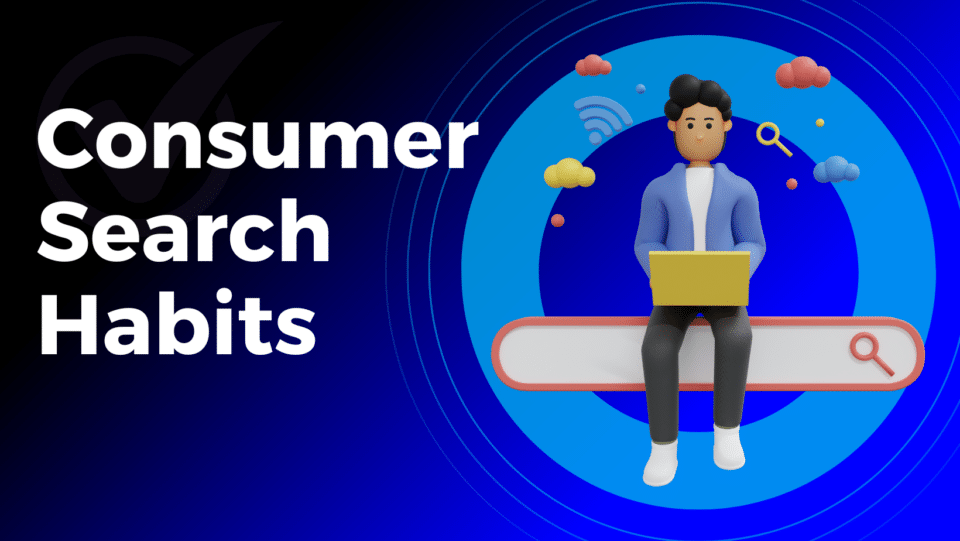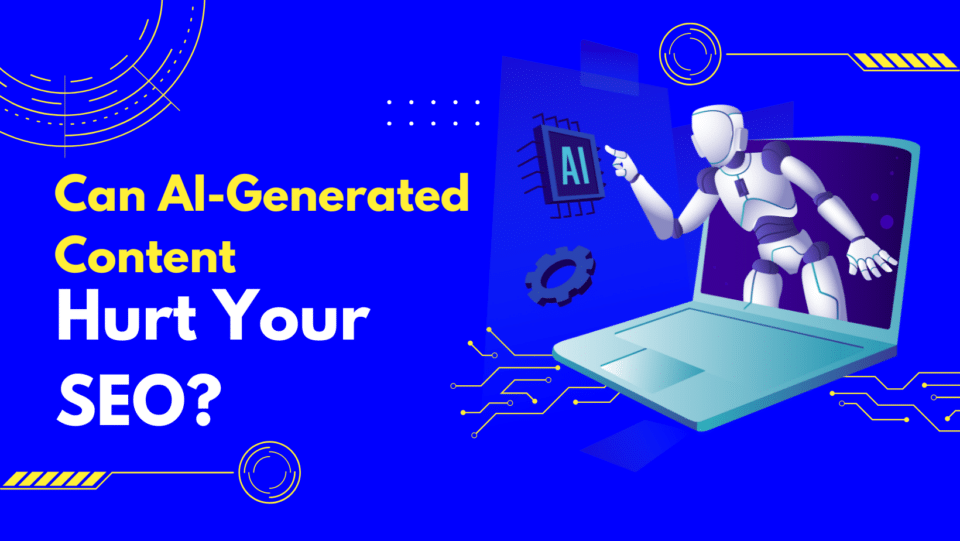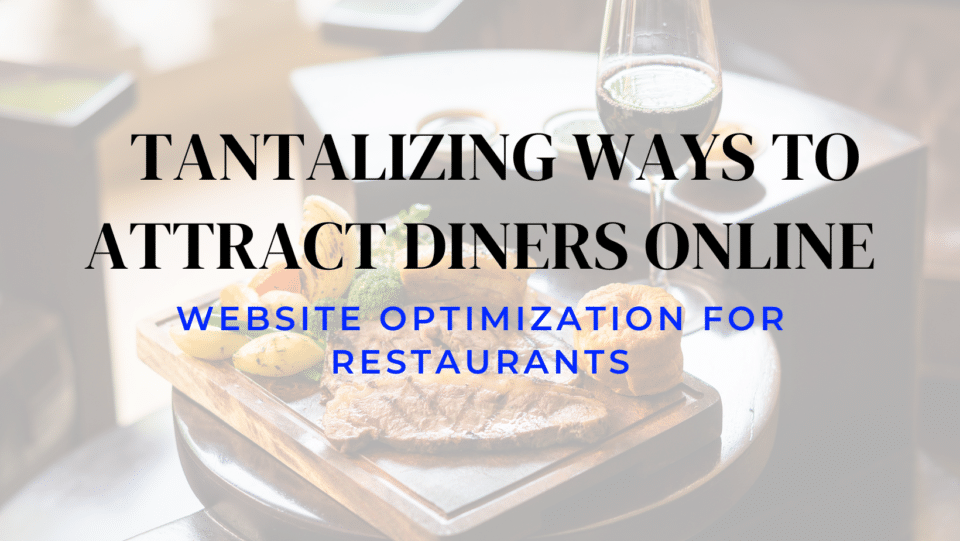
Three Trends in Content Marketing You’ll Want to Follow
August 25, 2021
Reasons Visitors Hate Your Website
August 25, 2021Google Ranking Factors: What You Need to Know
To rank well on Google, a website must be valuable, fast, and easy to use, with good design and relevant links. Read on for more ranking factors.
Ranking on Google isn’t hard. All you need is content with keywords. Well… not exactly. See, SEO is something Advent Trinity lives and breathes, and we know there’s a lot more to it than just a few searchable keywords.
To get ranked on Google, especially on the first page, you need to provide value to the user. You’ve also got to make sure your website conveys the right message, uploads quickly, and is user-friendly on multiple devices. Then there are design, backlinks, alt images… you get the picture. There’s quite a bit that goes into ranking on Google.
Top Google Ranking Factors
People-first content that provides valuable and unique insights.
With Google’s September 2023 algorithm update, the emphasis on ‘people-first content’ became even more pronounced. Google’s unwavering commitment to rewarding outstanding content has been a mainstay in SEO. For businesses and website owners striving for a commendable search engine presence, it’s paramount to craft content that deeply resonates with their audience while also presenting unparalleled insights.
It’s no longer just about being plagiarism-free; it’s about delivering fresh perspectives, ensuring well-researched data, and genuinely addressing the specific needs of readers. Carving out a unique space means providing authenticity, depth, and undeniable value — aligning with Google’s renewed vision for truly beneficial, user-centric content.
Content that covers a topic in-depth.
Aiming for that prominent first-page position on Google? It’s more than just word count. In light of the E-E-A-T (Experience, Expertise, Authoritativeness, and Trustworthiness) framework, content that exhibits authority and in-depth knowledge takes center stage.
Numerous studies highlight that detailed, comprehensive articles typically outshine their briefer counterparts in search rankings. While expansive content often secures more backlinks, it’s the depth and expertise that truly count.
Sometimes, a well-curated 500-1000 word article, bursting with value, hits the mark. But don’t operate in a vacuum: always size up against competitor content. It’s a pivotal gauge of quality in the digital arena.
Aligning Content with Search Intent and Relevance
Understanding and catering to user search intent is paramount for effective SEO. This intent reveals the user’s primary goal behind a query – whether they’re looking to purchase a solution, seeking a tutorial, or merely gathering information on a topic. As each user’s intent varies, grasping the purpose behind their search ensures that your content speaks directly to their needs.
For instance, if Google predominantly showcases videos or infographics for specific queries, that’s your cue. Craft engaging visuals or infographics to enhance your chances of a top rank for those particular terms.
For online retailers, gauging search intent goes deeper. It can illuminate where potential customers are in their buying journey. Are they exploring broad industry details, hunting for how-to content, or right at the cusp of making a purchase?
By aligning your content strategy with search intent, you’re better positioned to deliver what users genuinely seek, fortifying your SEO strategy in the process.
The Power of Backlinks
Backlinks play a pivotal role in determining your site’s Google ranking. They act as endorsements, signaling the importance and credibility of your website.
Sites with scanty backlinks often languish unnoticed in the vast expanse of search results. Conversely, those with numerous quality backlinks gain traction and visibility.
In essence, each backlink is a nod of approval—a testament to the worthiness of your content. But not all nods are equal. Backlinks from authoritative sites carry more weight, propelling your rankings further than those from lesser-known sources. For Google, these quality endorsements highlight your content’s reliability and merit.
Optimizing Your Website with Strategic Keyword Use
Keywords, critical to SEO, ensure that your content aligns with users’ search queries, allowing Google to present your page as a relevant result. As you weave keywords into your site, it’s essential to reflect the terms your audience inputs into search engines, harmonizing them with their search intent and tracking your keyword rankings.
To ace keyword optimization, consider these strategies:
- Title Optimization: Begin your post’s SEO title tags with your target keyword. This heightens visibility and relevance.
- Meta Descriptions: Craft compelling meta descriptions incorporating your primary keyword. This gives users a snippet of what your content offers, enticing them to click.
- Visual Descriptions: As Google can’t interpret images, embed your keywords in the image’s alt text, offering context about the visual’s content.
- Linking Strategy: Anchor text, the clickable text in hyperlinks, is a cue for Google. Embed keywords in your anchor text, ensuring it’s relevant to the linked content.
- Embrace LSI Keywords: Beyond your main keyword, integrate LSI (latent semantic indexing) keywords. These related terms help Google grasp your content’s depth and breadth, showcasing that you’ve covered the topic comprehensively.
- Maintain Keyword Authenticity: While integrating keywords is vital, avoid overstuffing. This can make your content appear spammy and reduce its quality in Google’s eyes. Instead, weave in your primary keyword naturally, interspersed with variations and secondary terms.
- Headings Matter: Elevate your content structure by integrating keyword variations and LSI keywords into your H2 and H3 headings. This not only enhances readability but also SEO efficacy.
- URLs with Purpose: If possible, incorporate your primary keyword within your webpage’s URL. This adds another layer of relevance and can boost your page’s visibility in search results.
Prioritizing Mobile Friendliness for SEO
Given the ubiquity of mobile device usage, ensuring that your website performs seamlessly on various screen sizes is imperative. Google’s 2019 shift to prioritize mobile search highlights this importance. With this change, Google began indexing and ranking websites based on their mobile version instead of their desktop version, coining the term “mobile-first” indexing.
Before this shift, the desktop version of websites was the primary source for Google’s indexing. However, recognizing that over 4.2 billion people access the internet via mobile devices, Google adjusted its approach to better serve its user base.
To remain competitive and maximize your rankings in this environment, it’s clear: your website needs to be mobile-friendly.
Prioritize Page Speed
A sluggish site can hamper your Google ranking. Especially when competitors couple stellar content with lightning-fast load times, ensuring a brisk, interactive site is pivotal.
Understanding Domain Authority
Domain authority (DA) gauges your site’s credibility and ranking potential. Developed by SEO firm Moz, DA scores range from 1 to 100, with higher scores indicating better ranking prospects.
To elevate DA, prioritize high-quality backlinks and produce focused, industry-specific content. Remember, a collection of backlinks doesn’t assure high rankings; the quality of your content remains paramount.
There’s More?
Yes. There’s more. Altogether, Google has 200 known ranking factors (and probably many we haven’t discovered yet.) For example, here are other important ranking factors that we didn’t go into:
- Over-optimizing
- Quality of internal links pointing to a page
- Site architecture
- Site usability
- Contextual links
- Outbound link quality
- Dwell time
- Branded searches
- Image alt text
- Algorithm updates
- Bounce rate
- Grammar and spelling
- Geo-targeting
- Social media presence
- And yes, even more…
Google It
Ranking on Google is a crucial aspect for any business website looking to increase its online visibility and attract more potential customers. It requires a combination of various factors, including website design, speed, user-friendliness, and relevance. By prioritizing these elements, a website can improve its chances of appearing on the first page of Google search results and reaching its target audience. However, it’s important to keep in mind that ranking on Google is a continuous process and requires regular monitoring and search engine optimization to maintain and improve the website’s visibility.




